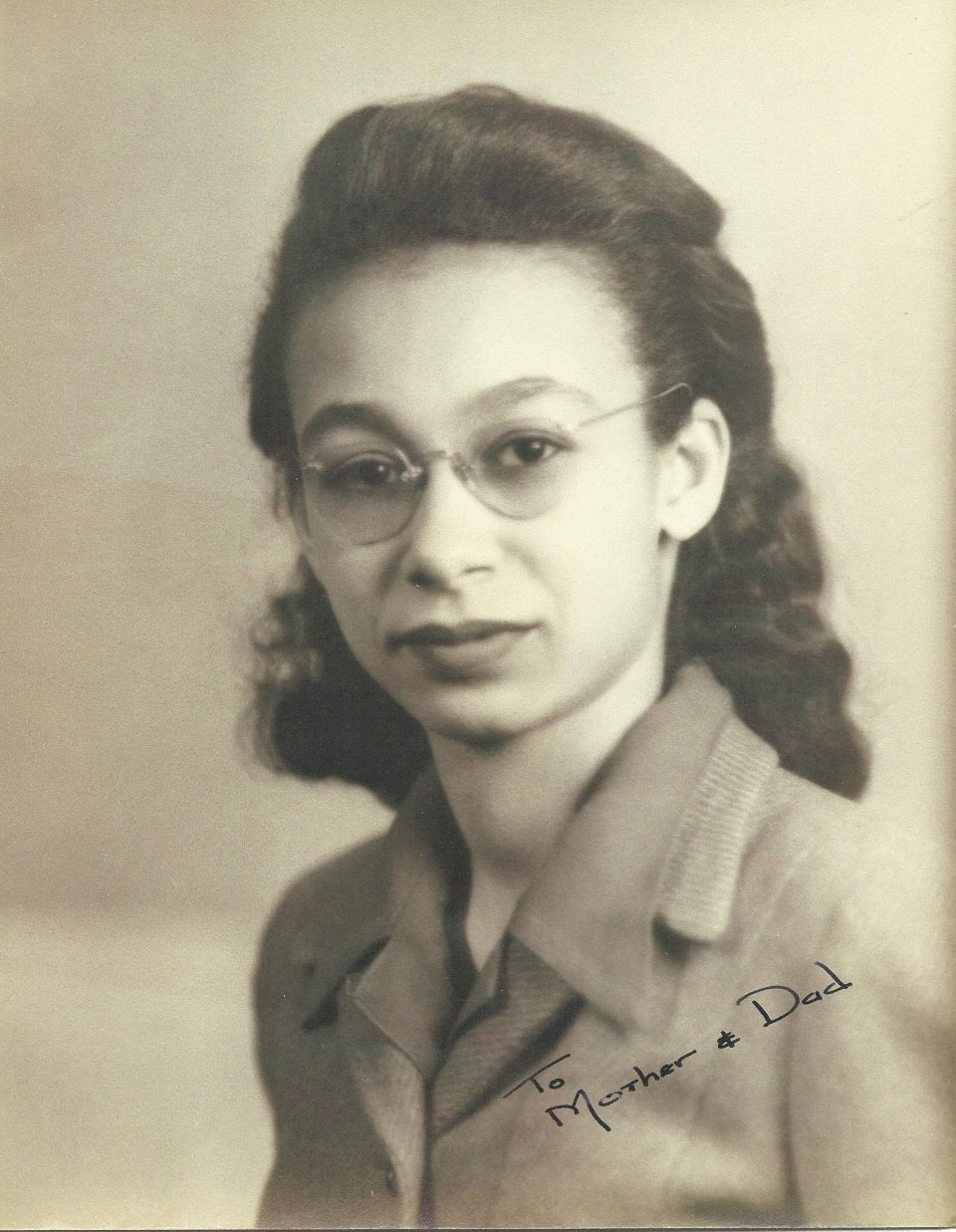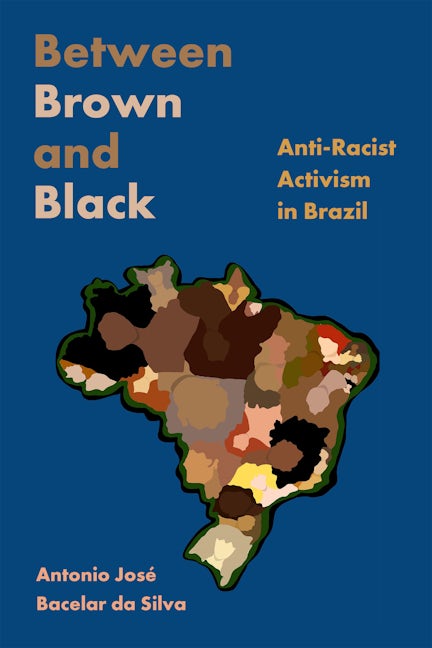Georgia Louise Harris Brown (June 12, 1918 – September 21, 1999)Posted in Articles, Biography, Brazil, Caribbean/Latin America, History, Media Archive, United States, Women on 2023-03-27 16:07Z by Steven |
Georgia Louise Harris Brown (June 12, 1918 – September 21, 1999)
Pioneering Women of American Architecture
October 2017
Anat Falbel
University of Campinas, Brazil
Roberta Washington, Principal
Roberta Washington Architects, New York, New York
Georgia Louise Harris Brown (1918–1999), a pioneering African American architect practicing in Chicago and Brazil from the 1940s to the 1990s, is recognized as the second African American woman licensed as an architect in the United States.1 She forged an impressive career in industrial architecture in Brazil, where she may have immigrated in the hope of escaping racial prejudice, though she was rarely credited as the designer in publications about these works. (Generally, it was the engineering firms that received the credit.)
EARLY LIFE AND EDUCATION
Georgia Louise Harris Brown was born in Topeka, Kansas, on June 12, 1918, only six years after the extension of equal voting rights to women in the state.2 Her family’s genealogy of strong women of mixed ancestry included former enslaved African Americans who arrived from the South to the Union’s slavery-free state after 1861, Native Americans, and German settlers…
Read the entire article here.







